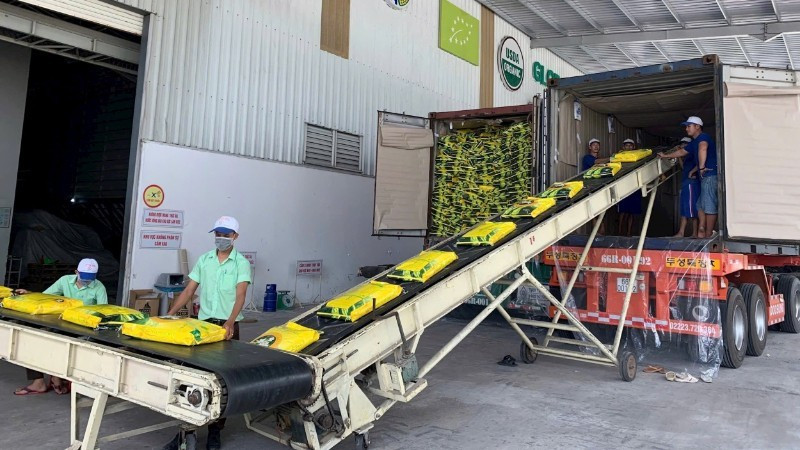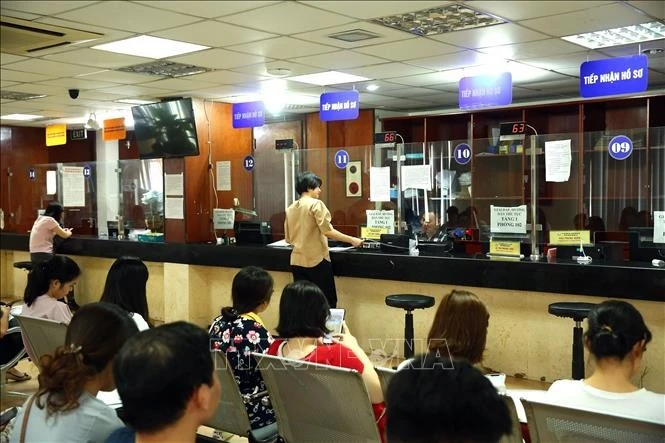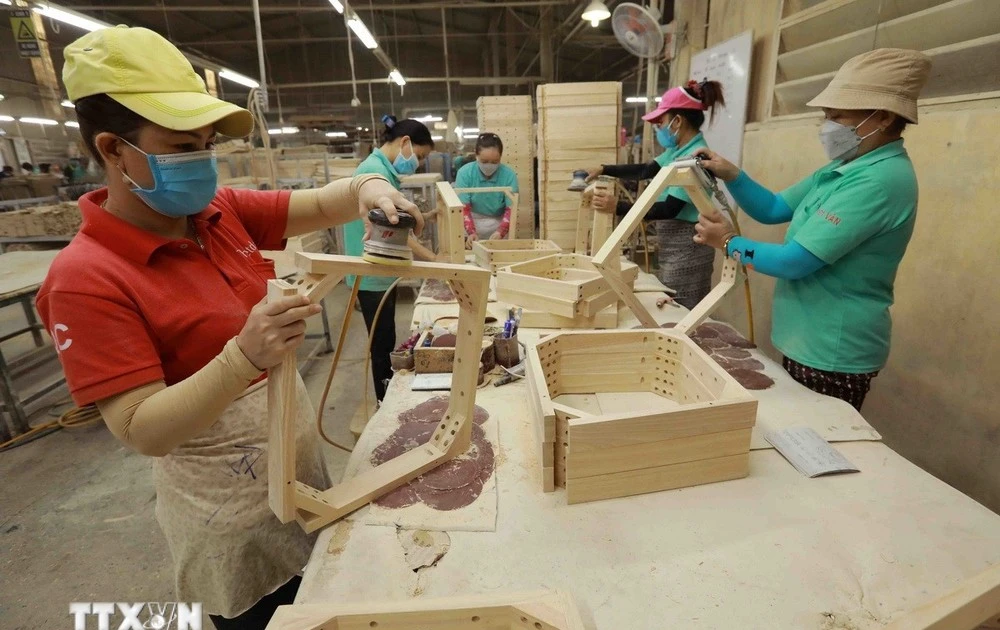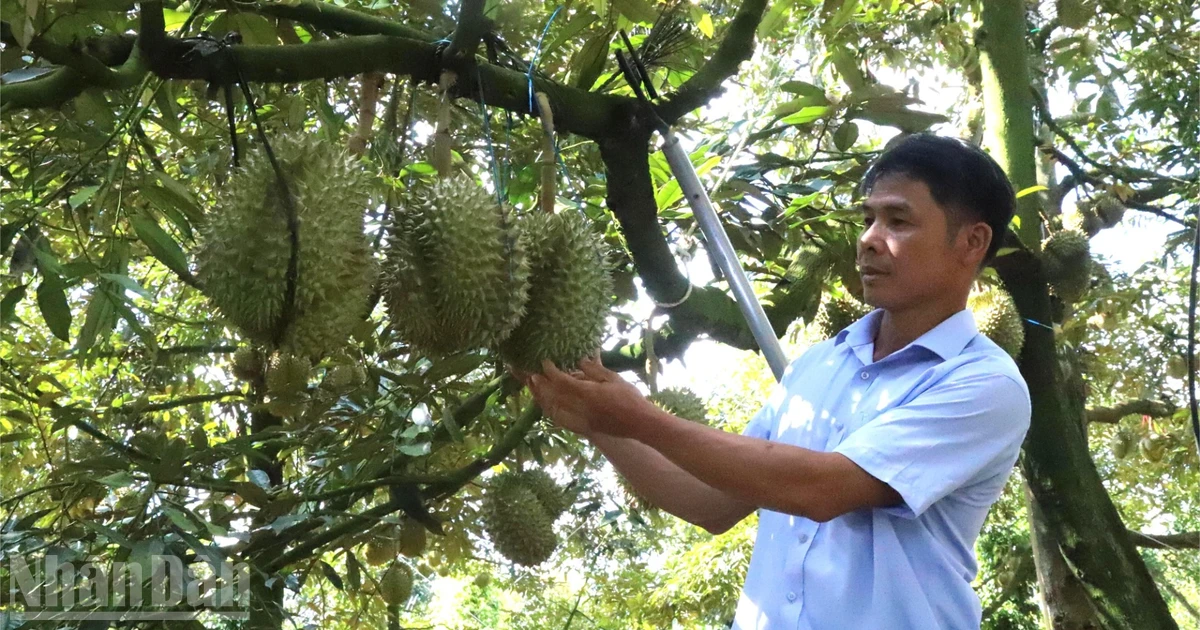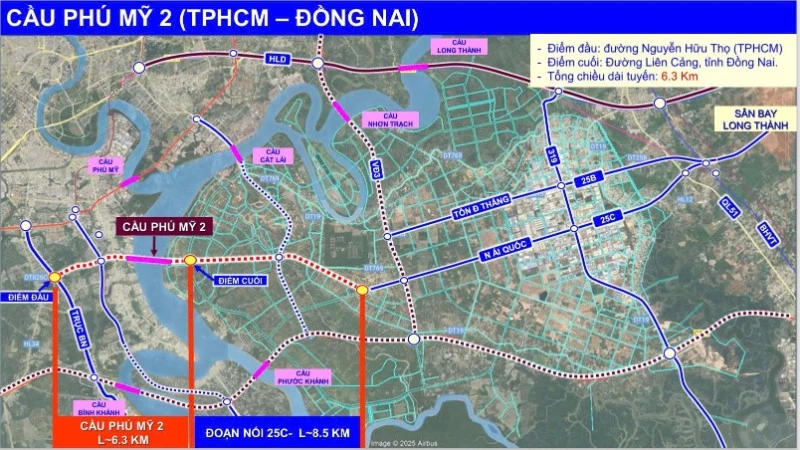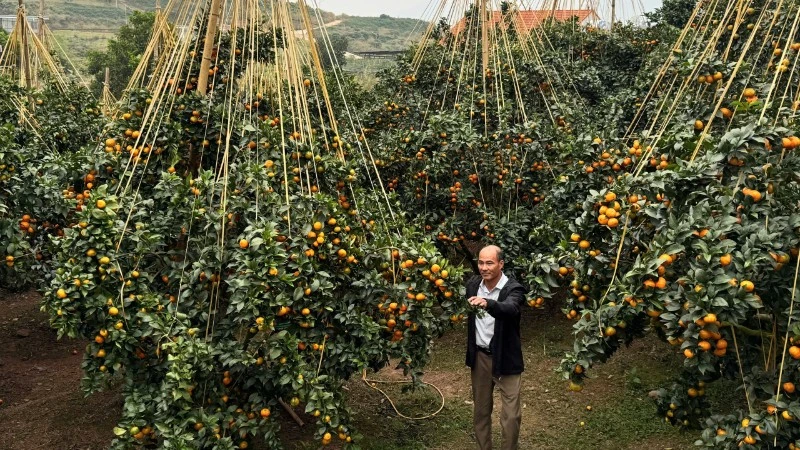Currently, the export price of 5% broken rice is only at 370 USD/tonne. From now until the end of the year, competitive pressure in the global rice market will increase, requiring businesses to be flexible in selling prices, export rice types, and market trends.
According to Do Ha Nam, Chairman of the Vietnam Food Association (VFA), it is expected that Viet Nam will export about 8.8 million tonnes of rice in 2025, maintaining its position as the second largest rice exporter in the world. However, from the beginning of this year to October 15, rice exports only reached 7.022 million tonnes, worth 3.588 billion USD, down 4.4% in quantity and 21.94% in value compared to the same period in 2024. This is due to Vietnamese rice being under multi-dimensional pressure from the world rice market, especially with the Philippines temporarily suspending rice imports, while many countries are boosting exports, leading to a global supply surplus.
According to information from the VFA, world rice prices in the 2025-2026 crop year are forecast to decrease as supply recovers strongly and demand weakens. In Asia, rice prices have fallen to their lowest level in the past decade. The Food and Agriculture Organisation of the United Nations (FAO) forecast that global rice output in the 2025-2026 crop year will reach a record 556.4 million tonnes, contributing to an increase in world reserves.
Meanwhile, the Philippine Government plans to extend the suspension of rice imports until the end of 2025, instead of for 60 days from September 1, due to a record rice output of 20.3-20.5 million tonnes in 2025. It will then open for a short time in January 2026 to import about 300,000 tonnes of rice to stabilise domestic rice prices and protect farmers from the dry season harvest due to excess domestic supply. In addition, the Philippine Government is also considering restoring the rice import tariff to 35% after reducing it to 15% from mid-2024.
For the Indonesian market, the Indonesian National Food Agency confirmed that all rice distributed from the national reserve through the Indonesian National Logistics Agency (Bulog) is safe for consumption and meets uniform quality standards. As of October 6, Bulog’s rice inventory has reached 3.89 million tons. According to the Indonesian Ministry of Agriculture, the country's rice output in 2025 is expected to reach 34.3 million tons, an increase of about 12.1% compared to the 30.6 million tons in 2024 thanks to improved productivity and favourable weather. This has also clearly affected Viet Nam’s rice exports when in the first nine months of this year, rice exports to this market decreased sharply by 97% compared to the same period last year. In addition, the amount of rice exported to the Malaysian market decreased by 42% compared to the same period in 2024, reaching only 363,251 tonnes.
While purchasing demand is weak, the world’s leading rice-producing countries are boosting exports. Specifically, in India, the abundant rice supply is creating conditions for the government to loosen export restrictions, contributing to an increase in the global rice supply. In addition, Thailand is expected to export about 8.2 million tonnes of rice in 2025, a slight increase compared to 2024, thanks to favourable crop yields.

The suspension or restriction of imports by major markets has pushed up rice supply, creating great competitive pressure for Vietnamese export enterprises, and at the same time making many farmers worried about the decline in domestic rice prices. Mai Van Dom (My Qui Commune, Dong Thap Province) said that in the last autumn-winter rice crop, the price of fresh rice in the field was only about 5,000 VND/kg, down nearly 1,000 VND/kg compared to the previous crop. At this price, farmers only break even, making no profit.
To cope with market fluctuations and ensure stable rice purchases for farmers, businesses need to find “niche” ways such as choosing high-quality segments and exporting small branded rice bags.
Nguyen Chanh Trung, Director of Hung Viet Rice Limited Company (An Giang Province)
Faced with that reality, Nguyen Chanh Trung, Director of Hung Viet Rice Limited Company (An Giang Province) said that to cope with market fluctuations and ensure stable rice purchases for farmers, businesses need to find “niche” ways such as choosing high-quality segments and exporting small branded rice bags. Currently, the company has exported ST25 rice bags under its own brand to a number of markets and has received very positive feedback.
Regarding traditional markets such as the Philippines and Indonesia, although the reduction in rice imports in recent times has affected Viet Nam’s rice export volume, looking more broadly, there are still a number of very large markets and market areas that Viet Nam has yet to fully exploit, such as China and Africa. Therefore, businesses can focus on understanding the needs and promoting trade deeply into these markets.
However, businesses also need to take quick steps because most of the world’s major rice-producing countries are “targeting” this region to expand consumption. In addition, to reducing pressure on rice exports, Vietnamese businesses should also pay attention to the domestic market as demand in the northern and central provinces from now until the end of the year is forecast to grow quite significantly due to floods affecting rice production. On the other hand, the end of the year is also an occasion when high-quality rice sees strong consumption domestically, which is the basis for businesses to access segments of specialty rice, nutritional rice, etc.
Regarding market opening, the Ministry of Industry and Trade is currently presiding over and coordinating with relevant agencies to promote the effective exploitation of signed free trade agreements (FTAs), and at the same time promote negotiations to sign new FTAs to open up potential markets such as the Middle East, Africa, Latin America, Central Asia, Eastern Europe, India, Pakistan, Brazil, etc.; and to promote negotiations and sign two FTAs between Viet Nam and the South American Common Market and the Gulf Cooperation Council in the fourth quarter of 2025. These are all areas where Viet Nam’s rice market still has plenty of room to exploit, so the rice industry can expect to soon overcome competitive pressure and grow more strongly in the coming time.
